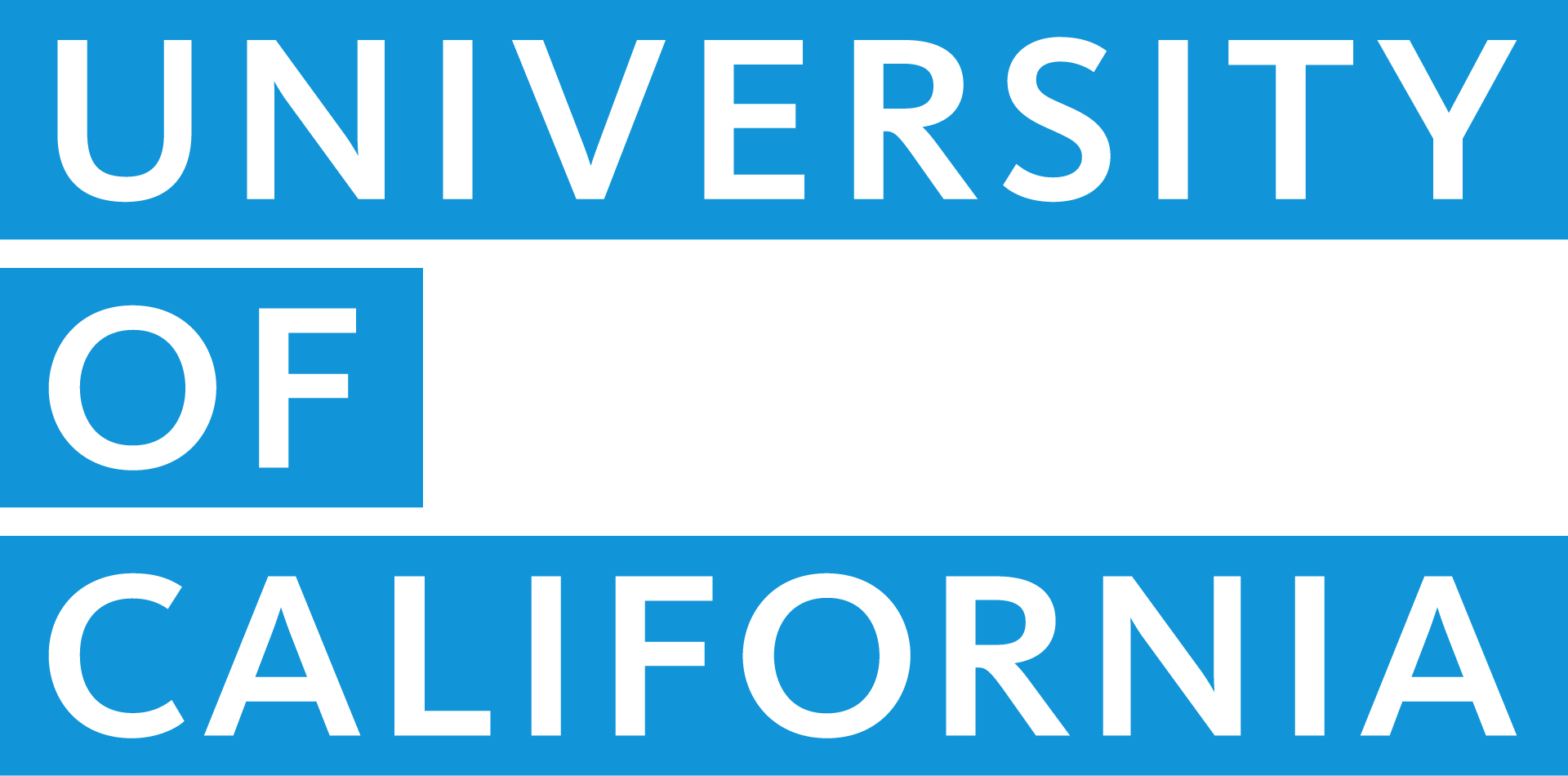Aerospace Technicians
Class Specifications – E.20
Job Field: Engineering
Job Category: Operational & Technical
| JOB TITLE: | Aerospace Technician 2 | Aerospace Technician 3 |
|---|---|---|
| JOB FAMILY SUMMARY: | Involves engineering design and development of aerospace systems including scientific instruments for spacecraft and satellite command and control systems. Ensures the safe integration and testing of spacecraft to the launch vehicle and coordinates their operation in orbit. | Involves engineering design and development of aerospace systems including scientific instruments for spacecraft and satellite command and control systems. Ensures the safe integration and testing of spacecraft to the launch vehicle and coordinates their operation in orbit. |
| JOB CODE: | 8327 | 8326 |
| PERSONNEL PROGRAM: | TX | TX |
| SALARY GRADE: | STP | STP |
| FLSA: | Non-Exempt | Non-Exempt |
| JOB LEVEL: | Level 2 | Level 3 |
| GENERIC SCOPE: | Applies skills and job knowledge in area of specialization; may adapt procedures, operations, techniques, tools, materials, and/or equipment to meet needs of area of specialization; may work on non-routine tasks; resolves issues/makes working decisions within area of specialization or responsibility with minimal supervision. | Regularly works on tasks that are varied and complex. Applies full range of specialized skills and job knowledge; frequently adapts procedures, techniques, tools, materials, and/or equipment to meet specialized needs; may serve as lead; performs broad and/or focused assignments under general supervision; originality and ingenuity are often required to help establish procedures in functional area; relies on experience and judgment to plan and accomplish assigned tasks. |
| CUSTOM SCOPE: | Under general supervision, works on technical aerospace assignments of moderate complexity, requiring judgment in resolving problems and making recommendations. Assists in equipment design and enhancement by making recommendations to higher level technical staff. | Under minimal supervision, works on technical aerospace assignments that are complex in nature, requiring judgment and initiative in resolving problems and developing recommendations. Responsible for the highest level of equipment modification and enhancement required at the operational & technical level. May serve in a lead capacity, acting as a resource to others and providing guidance to lower level staff. |
| KEY RESPONSIBILITIES: | Assists researchers in fabrication, assembly, repair and maintenance of aerospace scientific instruments, equipment and apparatus. Reviews approaches for aerospace equipment design and enhancement with aerospace engineers. Provides supporting information on equipment design and enhancement, as needed. Fabricates precision aerospace parts from completed drawings using a variety of materials. Operates machine tools such as mills, grinders, lathes and welders to fabricate and modify parts, as needed. Wires, assembles and checks aerospace electronic circuits from completed drawings. Modifies, as needed, based on testing and updates design. Follows precedents to integrate electronic components into complete systems and makes modifications as needed. Follows drawings to integrate electronic and other components to fabricate, assemble, and wire chassis, printed circuit boards and mounting required circuits and other components. | Acts as a resource and may lead lower level staff in the fabrication, assembly, repair and maintenance of aerospace instruments, equipment and apparatus. Designs, constructs and tests aerospace electronic devices and circuits. Recommends or advises on modifications or new approaches, and also on the feasibility of novel solutions. Acts as a technical resource for Aerospace and R&D Engineers, researchers and students on the design, integration, testing and modification of aerospace scientific instruments, equipment and apparatus. Consults with Aerospace and R&D Engineers on design solutions and approaches; Aerospace and R&D Engineer is responsible for the evaluation and approval of the technical design. Assists in specifying aerospace materials and components; identifies the source and estimates the costs. Operates machine tools such as mills, grinders, lathes and welders to fabricate and modify parts, as needed. Wires, assembles and checks electronic circuits from completed drawings. Modifies as needed based on testing and updates design. Assembles, debugs, calibrates and installs aerospace scientific instruments, equipment and apparatus; modifies, repairs and maintains the complex operating equipment in the Machine Shop and Electronics Labs. Identifies, recommends and addresses issues and/or problems associated with construction, modification and repair of aerospace scientific instruments, equipment and apparatus. |
| EDUCATION: | High School Diploma or equivalent certification; some college level course work preferred. NASA certification required for electronics work. | High School Diploma or equivalent certification; some college level course work preferred. NASA certification required for electronics work. |
| KNOWLEDGE AND SKILLS: | Strong knowledge of the precedents and practical applications for fabrication, assembly, repair and maintenance of aerospace scientific instruments, equipment and apparatus. Thorough skills in operating mills, grinders, lathes and welders as well as hand tools. Thorough knowledge of required computer programs and unit operation. Demonstrated skill in interpersonal communications. Works effectively with aerospace and R&D engineers in developing, fabricating and modifying approaches. Ability to follow verbal, written and design instructions. Ability to analyze and understand technical problems and effectively develop resolutions. | Advanced knowledge of the precedents and practical applications for fabrication, assembly, repair and maintenance of aerospace scientific instruments, equipment and apparatus. Working knowledge and application of basic science and engineering principles. Exceptional skills in operating mills, grinders, lathes and welders as well as hand tools. Thorough knowledge of related computer programs and unit operations. Demonstrated skills in interpersonal communications; ability to instruct and mentor staff. Ability to effectively prioritize tasks; may also prioritize work for lower level incumbents. Ability to analyze and understand complex technical problems and effectively develop resolutions |
| ENVIRONMENT: | Campus settings and various external venues | Campus settings and various external venues |
